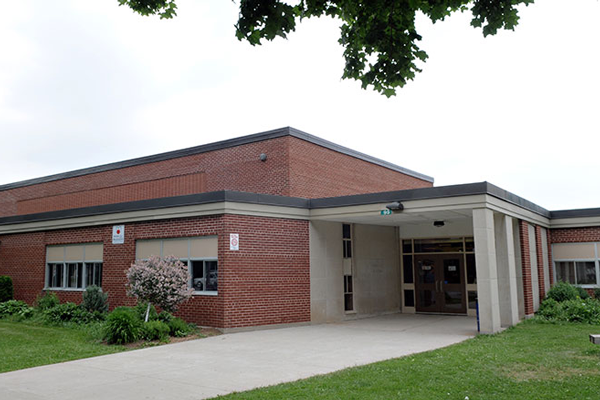
Using Probeware To Explain, Engage & Excite
Overview
In 2013 the Avon Maitland District School Board began an iPad initiative that would see a 1:1 iPad to student ratio for all grade 7-10 students in the board. Mitchell District High School – with a student population of roughly 500 students in grades 7 to 12 – was one of the pilot schools for the project. Today, all grade 7-10 students at MDHS have their own iPads. Edward Havenga is a Tech Coach and Science Teacher at MDHS, and has seen the project evolve since its’ inception. “The science department at MDHS quickly recognized that those students with iPads could now obtain data directly on their devices, thereby saving time in data collection and analysis,” says Ed. “This allowed students to spot data trends immediately as well as to quickly spot errors.”
Investigation
“We use PASCO probes in several different courses; the sensors are used by teachers for class demos, as well as by the students in student-led experimenting,” explains Ed. “Our grade 10 science students (SNC2P/SNC2D) use the sensors to evaluate the properties of acids/bases, and to study neutralization reactions. The students complete very simple titrations of acids/bases to watch the neutralization reaction progress. The use of the sensors enables the students to quickly visualize this chemical process. Our grade 11 chemistry students (SCH3U) use the probeware in solution chemistry. At the end of the unit, students are given an unknown solution and they analyze it for a variety of different properties. The study culminates with a written report on the purity of the water. Meanwhile in our grade 12 chemistry course(SCH4U), the sensors are used for titration curve analysis, calorimetry experiments and evaluation of electrochemical cells. We also have locally developed science classes in which we use the noncontact temperature probes on various light sources to gauge energy efficiency. We also use the sensors to measure voltage in parallel and series circuits. Prior to incorporating the PASCO probeware, it took teachers a long time to explain complicated concepts to students in a lab based setting because the graphing component was taking the students a long time to set up properly.”
Outcome
Ed has seen how much the students benefit when given the opportunity to use PASCO sensors. “When students are able to see their data being collected and immediately graphed, it makes them more excited about their data. Prior to incorporating probeware, my experience was that students loved doing the experimenting but when they began creating the graphs they would lose interest and connection to the lab. Now with the SPARKvue App, data can be collected and graphed simultaneously (eg. titration curve) allowing students to visualize processes and results within the experiment, which reinforce the concepts we talk about in the class component of the course. This helps students with significant learning needs to access the data quickly without having to worry about setting up graphs and data tables. I find the probes simple to use and I can easily connect them to iPads or Chromebooks. The PASCO website has a wealth of information, including links to prepared labs that can be easily downloaded onto the iPads. SPARKvue is user friendly and it enables students to quickly and easily examine data in different forms.”
Hands-on learning at every grade
PASCO Products
- SPARKvue Software – FREE
- Airlink – PS-3200
- Chemistry Sensor – PS-2170
- Motion Sensor – PS-2103A
- Temperature Sensor – PS-3201
- Force Sensor – PS-2104
- Hand-grip Heart Rate Sensor – PS2186
- Blood Pressure Sensor – PS-2207
